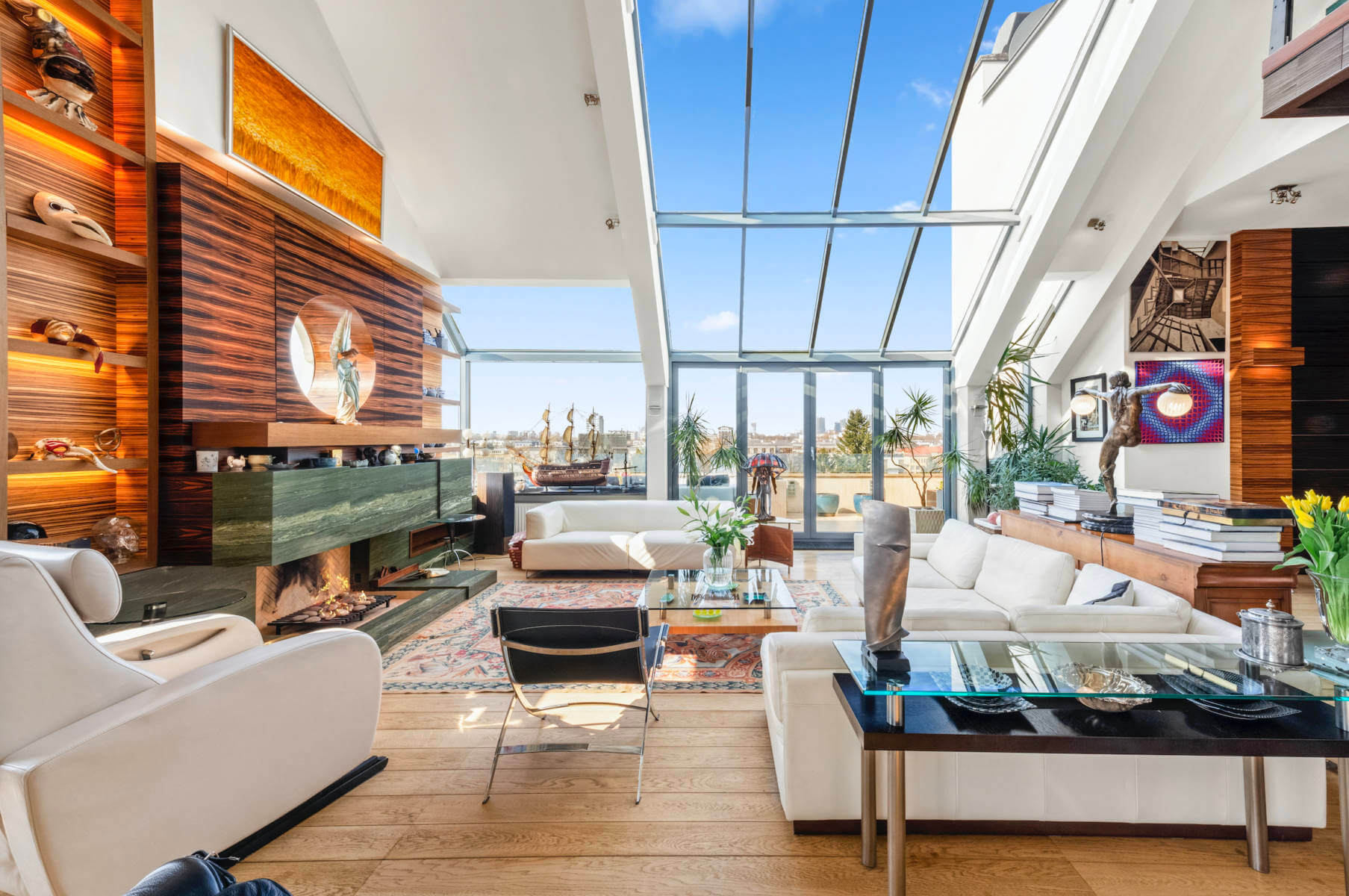November 24, 2021
WHAT IS FRESCO? SECRETS OF THE OLDEST PAINTING TECHNIQUE
Fresco is a concept that is seemingly obvious and understandable…a painting on a wall instead of on canvas or paper. Nothing could be further from the truth. It is a knowledge, jealously guarded for centuries, described in rare treatises either with deliberate inaccuracies or testifying to the ignorance of the author. Usually, earlier formulas written by those who never took part in the creation of the frescoes themselves were transcribed more or less accurately.
So to explain the essence of this oldest of painting techniques. Real fresco, the proper name – “al Fresco Bueno” is painted on wet plaster. The pigment mixed with milk of lime binds and soaks into the mortar covering the wall as calcium carbonate. The painting process requires not only talent but a thorough knowledge of the pigments responsible for colour and of lime, which is the noblest and healthiest building material known to man. Today lime has largely been replaced by cement, an invention – a work of absolute chance from 18th century England, which was appreciated and spread in the 19th century. In ancient times and later, so-called volcanic tuff, sometimes confused with cement, was also used in post-volcanic areas.
Lime has been known to mankind for centuries of civilisation. It has been attributed, not without reason, with quasi-mystical qualities. In a mild concentration, it was used for its healing properties. In stronger quantities, it was used to drown corpses during epidemics to stop the spread of disease. It is difficult to say today when it was first used in art. Nevertheless, it is not easy to imagine the stupor that accompanied the finding of fabulously beautiful, relatively well-preserved frescoes in Pompeii and Herculaneum under the ashes and ruins during the 18th century. The lava and ashes of Vesuvius engulfed people and animals in the blink of an eye, many victims caught up in their sleep. The fiery death destroyed both cities completely, but the frescoes remained largely intact and their extraordinary beauty and freshness after nearly 2000 years is amazing. Let us remember that even older examples of fresco paintings from Egypt or Cyprus have survived.
This technique requires unusual knowledge and preparation. The drawing, prepared on soft paper and fixed to fresh plaster with pins, is then transferred with a stylus in the form of a delicate groove creating the outline of the composition. There is no need to describe here all the intricate painting techniques. It is enough to mention that only some pigments — the basis of their colour — survive on this surface. Most disappear without a trace after two or three days, like photosensitive film exposed to daylight. The effect of artistic intentions is a mystery even to the artist for two to three months, until the lime dries completely. The difference is like the colour of a stone on the beach before and after it has dried. The degree of difficulty is increased by another not inconsiderable art, namely the joining of individual surfaces of the painted plaster without mutilating the already painted section.
It is usually difficult to paint more than 1 to 1.5 m2 in one day. Such work requires a skilled plasterer and an assistant, determination, and phenomenal knowledge. The writer of these words looked in amazement at the white wall where he had painted a figure a few days ago. The inappropriate pigments had disappeared completely as a result of the lime. Rock sand is necessary — not river sand, goat’s hair to ensure proper binding, and a mass of other materials necessary for the proper execution of the fresco. Anna Kozłowska was probably one of the few people who mastered this knowledge in practice at the time. Hence, the late professor Aleksander Gieysztor, the Director of the Royal Castle from 1979 to 1991, having seen her works in Great Britain, decided to entrust her workshop with the design and realisation of the painting decoration of the Old Deputies’ Chamber in al Fresco Buono technique.
It was known that it depicted the coats of arms of the Polish lands, but there was also no binding documentation, so an expedition to Italy and a thorough analysis of the examples preserved from the period was necessary for the design to be created. Based on such materials the author of these words prepared a design, which, made on a scale of 1:20, finally convinced the Commission of the Royal Castle Interiors that the game was worth the candle. This model is now in the Castle Treasury. On one of the panels, you can see the Sandomierz coat of arms — almost identical to the flag of the United States! Legend has it that it was Tadeusz Kościuszko who suggested the idea to President Washington…
It should be added here that the information preserved from those times was very scanty. We know that the Italian architect Jan Baptysta Quadro, commissioned by Zygmunt August, rebuilt the Castle in 1569–1572. It was then that the Chamber of Deputies, decorated with frescoes, was built. Both Italians and Poles worked there. A charming fragment of the preserved records reads as follows… “To the painter Lukas from painting all the great brick house 115 florins, but the register has to be moderated because he laid it dearly”. “For Christmas, all carpenters received 6 groszy”.
Mrs Anna Kozlowska’s work took 2 years. There was not a day off — the fresco technique does not like it very much — and she painted in the afternoon and at night. During the day, plasterers trained by Martin Joy, a specialist we brought from England, prepared the layers of plaster. It is worth mentioning here an excerpt from a letter Michelangelo wrote to his father while he was working on the Sistine Chapel: “It’s almost midnight, I have to send the plasterer to work…”.
Finally, a remarkable and moving thing. Shortly after the war, in secret from the communist authorities, for whom the reconstruction of the Castle was anathema, lime was piled and covered with earth in the bailey in the hope that one day the Castle would be reconstructed and that it would then be needed. It was the lime that was used for the frescoes described here!
Completed in 1991, the work was dedicated to Professor Gieysztor. An attentive observer will spot the relevant inscription on the mantelpiece and will probably also find Mrs Anna Kozłowska’s signature along with the portrait of the little mouse which lived in tons of sand.
The whole operation lasted exactly as long as in the 16th century. The effect captures the unique characteristics of the fresco technique, its luminosity, and delicacy, unattainable in other techniques. The whole work and its extraordinary effect resulted in numerous positive comments in the European press, including “The Times”.
With time, further productions followed and new experiences led to the development of a technique that allows a fresco to be painted on a ready-made drywall or any rigid portable surface covered with a special thin layer of plaster texture. Today, a fresco can be painted in the studio and then placed on the wall. This technique is immeasurably simpler and less expensive, yet achieves the same effect of wonderful luminosity and elegance as frescoes. More such projects used in interior designs can be found on the studio’s website: https://architektura-wnetrza.eu/pl or http://architecture-interiors.eu
Compiled by Jacek Czeczot — Gawrak based on Anna Kozłowska’s notes



















